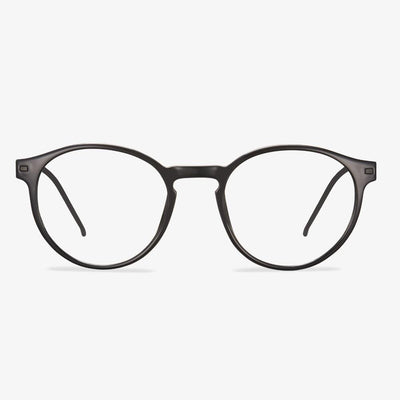The hazards of rusty spectacle frames
The most common allergenic metal is nickel. Once allergy occurs, it can cause contact dermatitides such as redness, swelling, itching, and yellow water on the surrounding skin. Many alloy products in daily life contain nickel, such as coins, various alloy products, electroplated objects, spectacle frames, metal watchbands, belt buckles, artificial jewelry, underwear buckles, etc. Their direct contact with the skin will cause allergies to sensitive people. Therefore, the temples and nose pads are the parts that contact the skin with a larger area. In particular, the outer surface of the metal frame and the metal contain a large amount of nickel, which can cause rust spots and skin corrosion, and allergies through contact with the skin and the erosion of sweat.
Advantages Of Acetate Frames
- Firmness and good gloss. The style is beautiful. It is not easy to be deformed and discolored, and it is durable.
- It is not easy to be corroded by the sweat of the skin and other irritants, and it will not be discolored by ultraviolet radiation.
- Diverse styles, various colors, suitable for many types of people, and easy to match clothes.
The length of the temple is important.
The glasses should fit snugly over and behind the ears. If they clip behind the ear, mostly, the arm might be too short. The arms of your glasses should be straight back toward your ears, touching only the side of your head, just in front of your ears. If the temple bends too soon, it pushes the glasses under the nose, putting too much pressure on the bridge of the nose and causing a headache.
Who need progressive lenses?
There is no limit to the degree of progressive multifocal lenses. Whether it is nearsightedness, presbyopia or moderate astigmatism, it can be worn, but not everyone can wear it. There are two types of progressive multifocal lenses on the market, one is hard and the other is soft. The main difference between the two designs is the length of the progressive channel. The rigidly designed progressive film has a short progressive path and relatively less peripheral aberrations. In order to ensure vision at various distances, fewer vertical dimensions are required. For example, a teenage progressive film belongs to this design, but because of its short gradual path, the gradation process is too short. Fast. Compared with the elderly, this design is more difficult to adapt; the soft design of the progressive film has a relatively long gradation channel and relatively large peripheral aberrations, but due to its long gradation channel, the gradation process is relatively smooth, which makes it easy to wear glasses It is suitable for people with poor adaptability.
If you are a person who is able and willing to accept new things, understand and adapt to the temporary discomfort caused by progressive addition lenses, we suggest that he can wear a pair, if he has severe hypertension, dizziness and other symptoms, or People who have misunderstandings about progressive lenses and are unwilling to adapt should not try them. Because you first wear progressive multifocal glasses, you may experience: slight dizziness, shaking when walking, and being careful when moving up the stairs.
The perception of space has changed, the perception of the distance of the object, and the perception of depth have changed. New wearers should not drive immediately and do strenuous exercise. When you look close, you need to turn your eyes down, and your eyes are mildly uncomfortable. Seeing an object through the blurred vision area around the lens makes the object blurred. Therefore, when new wearers look at things, turn their heads more, turn their eyes less, try to use the far-use zone, the near-use zone, and the middle-distance zone to see objects.
How to test a blue-light lens?
Blue light-blocking glasses have many membrane layers, and all kinds of colors of the film are not the same. Actually, the membrane layer of anti-radiation effects is not large but has high strength and chemical resistance of lining norm of glasses and the effect of protection for the eyes is very important.
Do night driving glasses work?
Yellow lenses reduce the amount of light entering the eyes, thereby reducing visibility. At night, this may be harmful, not beneficial.
Night driving glasses are available in a variety of yellow and amber colors. The darkest lens filters out the most glare, but also filters out the most light, making it difficult to see in dim or dark conditions.
Some night-driving glasses wearers report that they can see better when they wear them at night. However, visual tests have shown that night driving glasses do not improve night vision, nor can they help the driver see pedestrians faster than without them.
A round face fits on a square frame.
The human face of a round face is shorter. So they had better match the slender frames that take curves slightly to reconcile the whole feeling. Angular and square frames are helpful to modify facial lines (prominent longitudinal lines). This can promote strengths and avoid weaknesses so that your face appears contour.











































